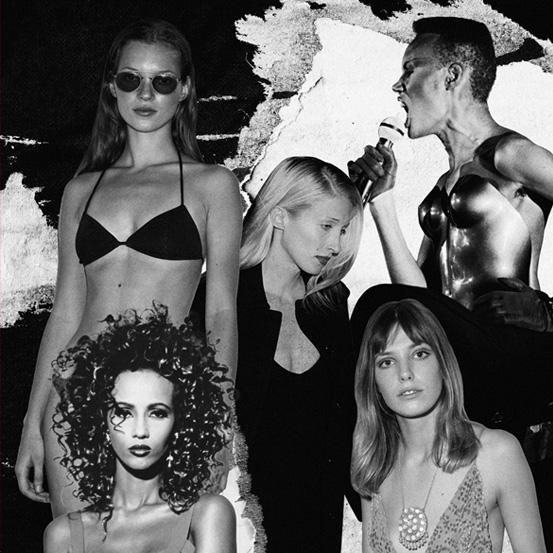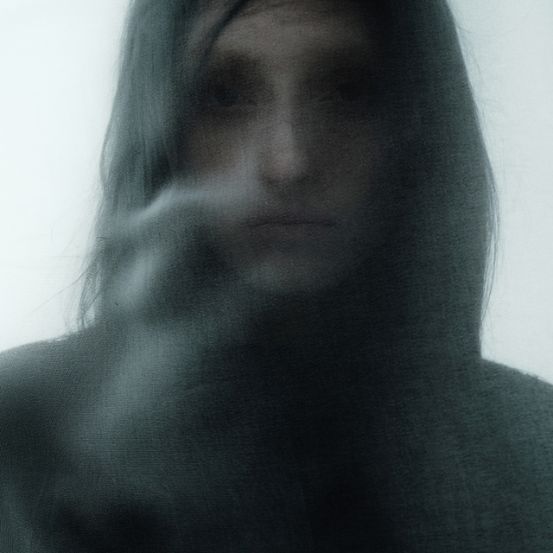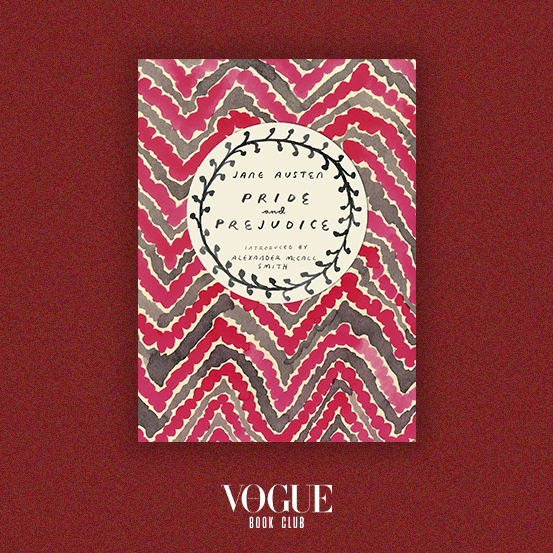What to see, do, read...
Crazy about books. "True madness is perhaps nothing more than wisdom itself, which, tired of discovering the world's shameful activities, took the clever deicision to go mad." Heinrich Heine was a German poet, known as "the last of the romantics." Misunderstood for a great part of life, it’s him who guides us in this confession that we throw out into the open: there are not enough words to describe our love for literature, even if it is crazy, demented, insane or diabolical.
Naked Lunch by William S. Burroughs, Harper (2017), € 13,65
Blindness by José Saramago, Porto Editora (2015), € 17,70
The Praise of Folly by Erasmo de Rotterdam, Vega (2012), € 19,61
The Bell jar by Sylvia Plath, Faber & Faber (2001), € 10
Breakfast of champions by Kurt Vonnegut, Penguin Books (2015), € 12,30
American Psycho by Bret Easton Ellis, Picador (2015), € 9,95
Fear and Loathing in Las Vegas by Hunter S. Thompson, Vintage (1998), € 10
The Metamorphosis by Franz Kafka, W. W Norton & Company (2014), € 13,95
The Golden book by Doris Lessing, Fourth Estate (2013), € 23,95
Moby-Dick: or the whale, by Herman Melville, Penguin Classic Deluxe Editions (2018), € 25,95
Crazy about music.
“They say I'm crazy / For thinking like this / If I'm really crazy / Because I'm happy / But crazy is who tells me!” Rita Lee has sung the Brazilian soul for decades, without shame or embarrassment. It’s her who gives the first chords in this best of songs whose only muse is insanity.
Planet Earth, 1999. The last era of human innocence came to an end and, to announce it, Britney Spears, then an unknown teenager, got inside our televisions with the music video that became, from one moment to the next, a hymn across generations: (You Drive Me) Crazy. “You drive me crazy, I just can't sleep / I'm so excited, I'm in too deep.” We can even argue that the lyrics are far from being a work of art, even more compared to less obvious titles like People Are Strange, by Doors, or All The Madmen, by David Bowie, but those words resonated with the thousands of people who felt divided between crossing for the new millennium and the past that was left behind. With a similar title, but with a slightly more rap note, years later came the cry of Gnarls Barkley, a duo formed by DJ and producer Danger Mouse and singer Cee Lo Green. “I remember when / I remember, I remember when I lost my mind / There was something so pleasant about that place / Even your emotions have an echo in so much space.” That’s how Crazy began, the hit of the summer of 2006, which followed the line of the old Basket Case, from Green Day, which remains, until now, one of the best songs about madness - that madness that any of us has felt; that “I can't take it anymore” so unbearable that it almost makes us explode; the “I feel like hallucinating” that makes us question our perception of reality. Because Billie Joe Armstrong, who had a very close relationship with narcotics, a condition similar to that of many of her fans, put out the kind of cry for help that all songwriters now try to include in their songs: “Sometimes I give myself the creeps / Sometimes my mind plays tricks on me / It all keeps adding up / I think I’m cracking up / Am I just paranoid? / Am I just stoned?” And if we are not stoned, we’re getting there. Because that was the feeling conveyed in The Right To Go Insane, by Megadeth (“I’m living on the edge / Reality is teetering / My mind is on the brink ”) and in Where is My Mind?, By the Pixies, which stops any discussion around the most diffuse moods: “With your feet on the air and your head on the ground / Try this trick and spin it, yeah / Your head will collapse / But there's nothing on it / And you'll ask yourself / Where is my mind? ”. Repeat until fade.
Crazy about movies.
"In a crazy world, only crazy people are healthy." Akira Kurosawa was one of the most prominent Japanese filmmakers. His long career includes epics like Seven Samurai, which place him among the great names in the history of the seventh art. It is with his refreshing perspective on insanity that we begin this journey through the most incredible, unexpected and unforgettable movies about madness.
Rage, delirium, mania, alienation, dementia. Since the beginning of time, the so-called abnormal behavior has received numerous designations. Madness is usually considered the opposite of reason, and each culture has become accustomed to forming an image of it outlined by the gathering of social and historical conditions that are either repressed or neglected in a particular group or individual. It is so everywhere, all over the world. Except in the movies. Cinema is that faraway place where crazy people can be heroes, be it the failed comedian Arthur Fleck of Joker (2019), who several times takes on its fragile side (“The worst part of having a mental illness is people expect you to behave as if you don’t”) or the criminal R.P. McMurcphy of One Flew Over The Cuckoo’s Nest (1975). Cinema is the window to someone else’s hallucination, very close to ours, as that of John “Scottie” Fergunson, in Vertigo (1958), that of the troubled teenager called Donnie Darko (2001) or that of Alice Klieg, main character of Welcome To Me (2014). Cinema is the refuge of those whom society has labeled as too difficult to understand - those who are hidden, hospitalized, confined to institutions whose purpose is to waste time on their pain. This is what the drama Love & Mercy (2014) tells us, no shame whatsoever, which lifts the veil over the psychosis of Brian Wilson, leader of the Beach Boys, the oscarized A Beautiful Mind (2001), which portrays the life of the mathematician John Forbes Nash, who tries to fight his enormous social disabilities with his genius, or the unforgettable I Am Sam (2001), who follows the life of a father with mental problems who struggles to keep his seven-year-old daughter away from an orphanage. Cinema is the escape for everyone who seems to live on a constant acid trip: the couple Martha and George, from Who's Afraid Of Virginia Woolf? (1966), the couple Joel and Clementine, from Eternal Sunshine Of The Spotless Mind ( 2004), or Mabel, the misunderstood woman from A Woman Under The Influence (1974). The list is not endless, but fortunately it is long. And that guarantees us a certain hope, a certain faith in humanity. These are just some examples of stories that contain lost souls at their core, people who are much more than who they appear to be, whose fate always seems to depend on their condition as crazy. Except that madness, it is already known, is a very relative thing. Especially because, as Tim Burton once said, "one person's madness is another one’s reality."
We are all mad here
We didn't even know that we needed this book until we crossed eyes with it. By Rui Matos.
"We are all crazy out here, you know," said the Cat. "I'm crazy. You're crazy." "How do you know I'm crazy?" Asked Alice.
"Of course you're crazy," said the Cat. "Only crazy people come here."
If, when we were kids, we were told that Alice’s Adventures In Wonderland was much more than a story about a girl named Alice who finds out a parallel universe with talking cats and rabbits who drink tea and organize great banquets, we would say they were deceiving us. Innocence has been lost. Now we know that there are more layers to this fable. Here, madness is the explanation for everything that happens in the World of Wonders and, as a reader, it is important that we let ourselves be led between the lines of this narrative and accept all the impossible scenarios. Because, for the British author, insanity does not have a negative connotation, on the contrary, it is synonymous with freedom - and accompanies us from the first to the last page. What if nothing makes sense? No problem.
"What is the purpose of a book," thought Alice, "without photographs or conversations?"
We fearlessly say: Alice’s Adventures In Wonderland wouldn’t be the same without the illustrations that helped tell her story. After names like Leonard Weisgard and Salvador Dalí contributed, the match made in heaven took place in 2012, when Yayoi Kusama brought Lewis Carroll's book to life. Kusama - the most emblematic contemporary artist from Japan - imagined her version of the tale. In an edition full of dots, color, mushrooms and pumpkins - we immerse ourselves in the universe of the Japanese artist while we get lost in the adventures of Alice and company. But what is Kusama's universe? The artist started having hallucinations when she was still a child, seeing lights, dots, talking flowers and stones that came to life in her waking dreams. These experiences led Yayoi to express her vision in art. In the 1950s she left Japan and went to the big apple, where she sought greater appreciation for her work. Two decades later, she returned to the land of the rising sun and, due to her mental disorders, decided to enter a psychiatric hospital, where she lives and works to this day. Yayoi Kusama, 91, was always a woman ahead of her time, feminist long before feminism became a hashtag, and a revolutionary by nature. If a dinner between Lewis Carroll and Kusama could happen, all we asked for was a place at the table.
"In that direction," said the cat, waving his right paw, "lives a Hatter and in that direction", waving the other paw, "Lives the March Hare. Visit whoever you want: both are crazy."
*Originally published on Vogue Portugal's The Madness Issue.
Most popular
.jpg)
Para Daisy Edgar-Jones, o fascínio pela beleza começou com o blush da sua mãe
08 Jan 2026


Relacionados


.jpg)
Para Daisy Edgar-Jones, o fascínio pela beleza começou com o blush da sua mãe
08 Jan 2026


